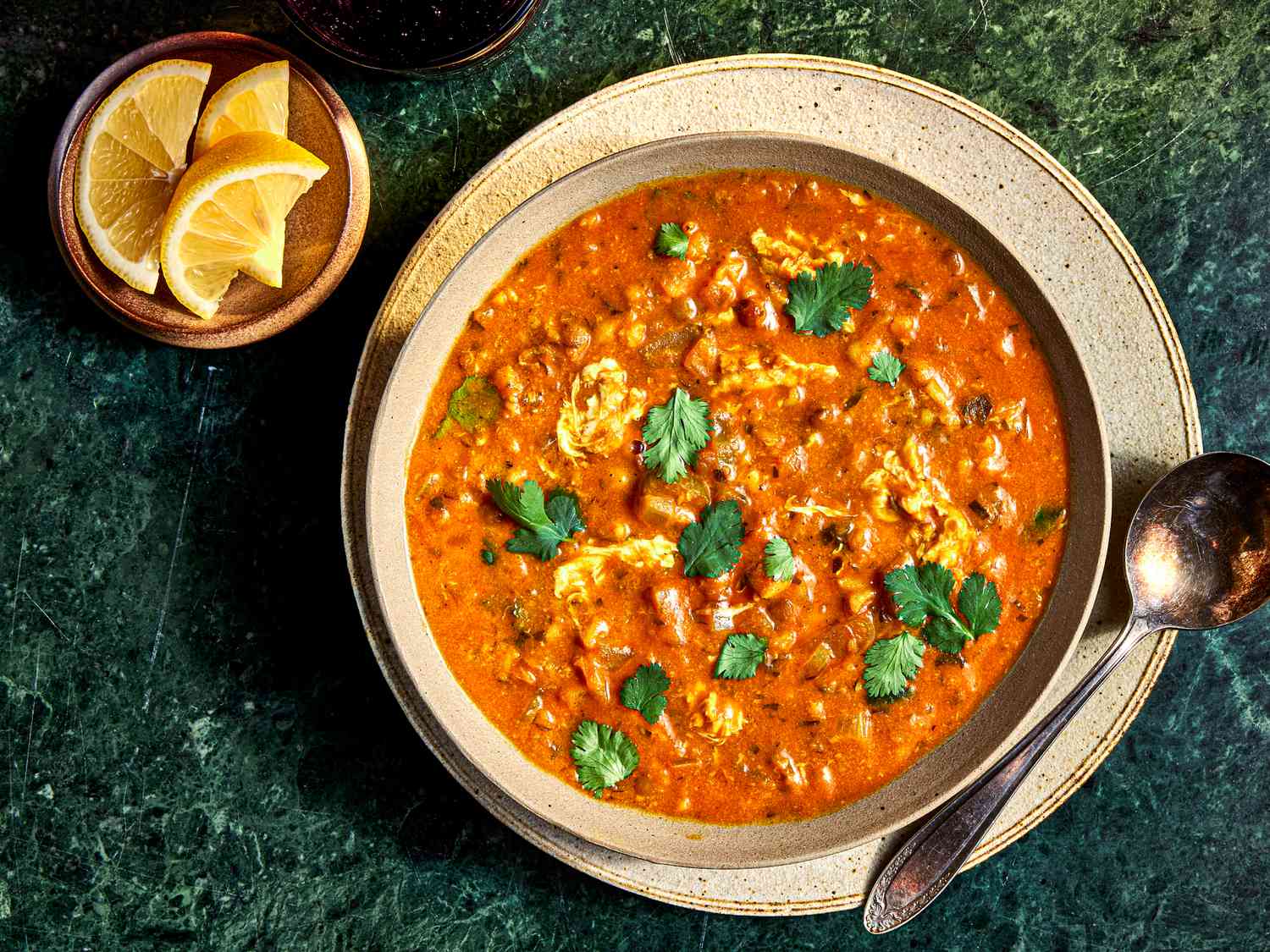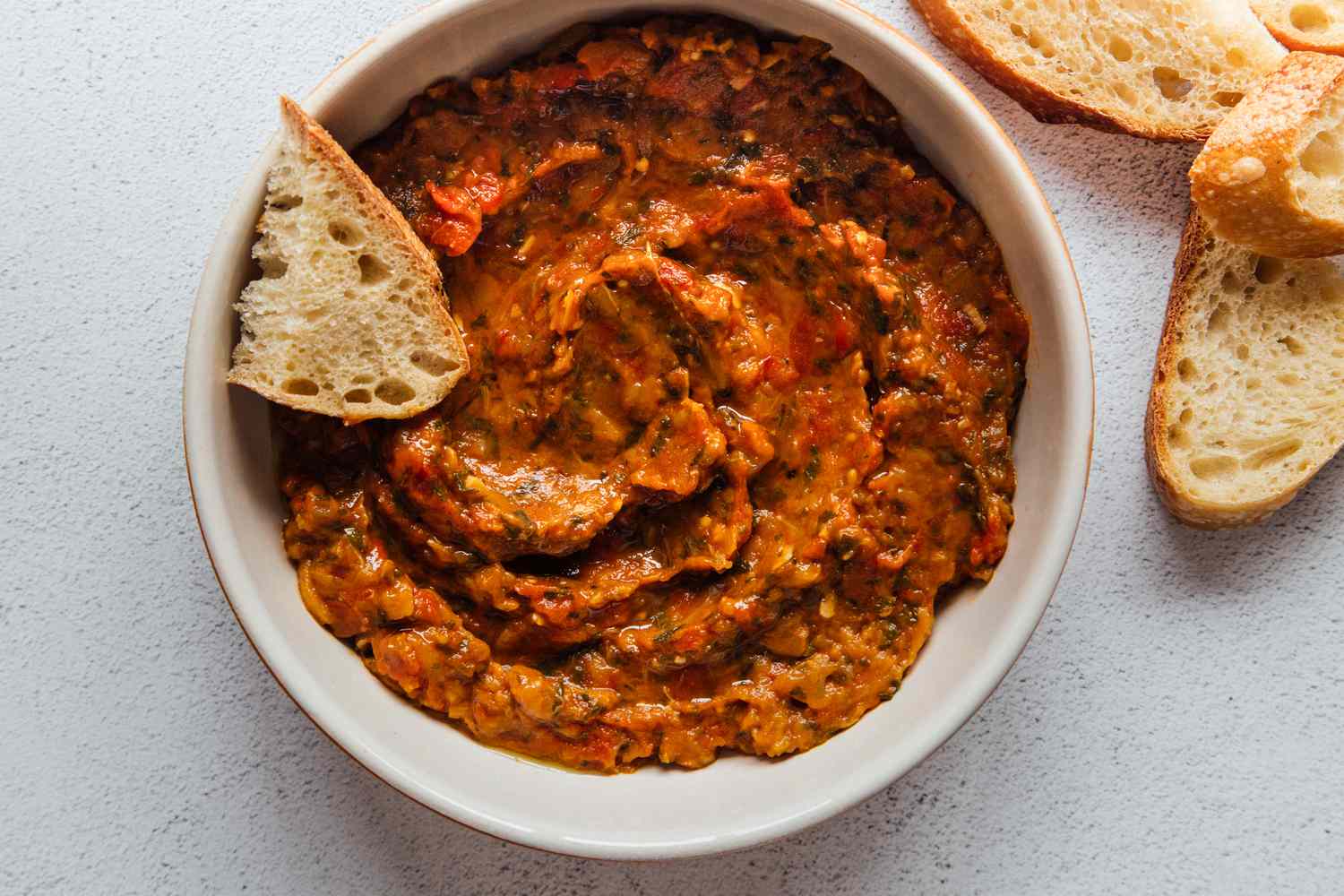Morocco’s Cuisine: What Are the Best Dishes to Try?
Morocco a place where adventure knows no bounds. From the endless sands of the Sahara to the cool, lush mountains, this North African paradise is a world unto itself. But beyond the breathtaking views lies a treasure even more tantalizing: Morocco’s cuisine. Come, indulge in the unforgettable flavors that will leave you speechless
Moroccan food is a reflection of its rich history, culture, and a deep love for aromatic flavors and fresh, homegrown ingredients. When you visit, make sure to savor the authentic dishes and take home some of its signature spices to relive the experience.
If you’re unsure where to start, here’s a list of the top traditional Moroccan food you simply must try to satisfy your culinary cravings during your trip.
Tagine
Tagine is more than just a dish; it’s a cornerstone of Morocco’s rich culinary heritage. Named after the traditional clay pot in which it’s cooked, the tagine’s unique conical lid helps trap and circulate steam, enhancing the dish’s flavors and making them more concentrated and delicious.
A traditional tagine usually features lamb or chicken, marinated with a blend of spices such as cumin, coriander, cinnamon, and saffron. It is then slow-cooked with preserved lemons, olives, dried fruits like apricots or dates, and sometimes a touch of honey or sugar to create a perfect balance of savory and sweet flavors. The result is a fragrant, tender stew that pairs beautifully with Moroccan bread. Sharing a tagine meal is a cherished family ritual, with everyone gathering around the table for the first taste. Though this custom is fading in modern times, it is still widely practiced during festivals and special occasions.
Tanjia
Tanjia, often hailed as Marrakech’s street food gem, is a distinctive Moroccan dish that embodies the essence of slow cooking and the rich flavors of the ancient city.
The dish starts with the choice of a unique clay pot, also called a Tanjia. It typically features tender cuts of beef or lamb, marinated with a fragrant mix of spices such as cumin, coriander, paprika, and saffron. What truly sets Tanjia apart is the addition of preserved lemons, garlic, and olive oil, which infuse the meat with a refreshing citrusy aroma. The dish is then sealed and slow-cooked in a traditional wood-fired oven, allowing the flavors to meld and the meat to become irresistibly tender. The result is a succulent dish that perfectly captures the heart of Moroccan cuisine.
Tanjia also holds cultural significance in Marrakech, particularly among men. In the past, it was a tradition for them to gather at local hammams (public bathhouses), where they would bring the dish prepared at home and slow-cook it while enjoying the steam and relaxation.
Couscous
Couscous, often considered Morocco’s national dish, is a beloved and versatile staple that embodies the essence of the country’s rich culinary tradition. With its origins dating back to ancient times, this tiny semolina wheat granule has crossed borders and become a global favorite.
To prepare couscous, the semolina is steamed, creating light, fluffy grains that can take on a variety of flavors. It’s traditionally served with a savory stew made from lamb, chicken, vegetables, and aromatic spices such as cumin, coriander, and saffron. As it absorbs the rich, seasoned juices of the stew, couscous takes on a harmonious blend of textures and spices. The dish is often garnished with chickpeas, raisins, and a splash of broth, creating a tantalizing balance of flavors that’s sure to delight the taste buds with every bite.
Harira
Harira is a cherished Moroccan soup that holds deep cultural significance. Although it is most commonly enjoyed during Ramadan to break the fast, many people don’t wait for a special occasion to savor its rich flavors and hearty ingredients.
While there are various ways to add your own twist to Harira, the traditional Moroccan preparation starts with making a flavorful broth. Tomatoes, lentils, and chickpeas are added to create a thick, satisfying texture. To enhance the taste, aromatic spices like cinnamon, ginger, and coriander are blended in.
What truly sets Harira apart is the use of fresh herbs, especially cilantro and parsley, which infuse the soup with a fragrant, depth. Just before serving, a squeeze of lemon juice is often added to brighten the flavors.
For those who follow a vegetarian diet, it’s important to request vegetarian Harira, as the traditional version typically contains meat, such as lamb or beef, which adds richness and depth.
Harira is not just a soup; it’s a symbol of unity and tradition in Morocco. During Ramadan, families and friends come together to share a bowl, reinforcing community bonds and cultural practices. With its nourishing and comforting qualities, Harira provides sustenance for both the body and the soul.
Pastilla
Pastilla, also known as Bastilla or B’stilla, is a beloved Moroccan dish that beautifully combines sweet and savory flavors. One of the most iconic Moroccan street foods, Pastilla embodies the balance and harmony central to Moroccan culinary traditions.
The heart of Pastilla is its delicious filling, which traditionally features shredded pigeon meat. However, chicken and seafood versions have become more common in modern preparations. The meat is slow-cooked with an aromatic blend of spices such as saffron, cinnamon, ginger, and coriander, creating a rich, flavorful mixture. What truly distinguishes Pastilla, though, is its unique pastry shell. Layers of delicate phyllo dough encase the flavorful filling, and the dish is baked to a golden, crispy perfection. It is then dusted with a generous sprinkling of powdered sugar and cinnamon, adding a sweet contrast to the savory flavors.
If you ever visit Morocco or other parts of Africa, make sure to try this irresistible pastry. Available in a variety of flavors, Pastilla offers an authentic taste of Moroccan culinary excellence.
Kefta Mkaouara (Meatball Tagine)
Kefta Mkaouara is a dish featuring spiced meatballs simmered in a flavorful tomato sauce, often garnished with poached eggs. The dish is known for its bold flavors, thanks to a perfect blend of aromatic spices. A beloved staple in Moroccan households, Kefta Mkaouara is typically enjoyed as a communal meal. Its simplicity, paired with rich, layered tastes, makes it a favorite among both locals and visitors.
Zaalouk (Eggplant Salad)
Zaalouk is a smoky salad made from eggplant and tomatoes, infused with spices and garlic. Often mashed to a dip-like texture and topped with olive oil, this dish highlights Morocco’s rich harvest, particularly the humble eggplant. Whether served as a side dish or a starter, Zaalouk’s smoky, tangy flavors have made it a beloved staple in Moroccan mezze.
Brik
Brik is a crispy pastry filled with a whole egg, typically paired with tuna or ground meat. When you bite into it, the runny yolk blends with the filling, creating a delicious burst of flavor. A popular street food and a favorite during Ramadan, Brik’s crunchy exterior and gooey center make it a highly coveted treat in Moroccan cuisine.
Rfissa
Rfissa is a comforting, hearty dish made with shredded pieces of msemen (Moroccan flatbread) layered with spiced chicken and lentils. It’s soaked in a saffron-infused broth, which adds moisture and depth of flavor. Traditionally served to new mothers for its nourishing qualities, Rfissa highlights the significance of bread in Moroccan culture. Its combination of rich flavors and textures makes it a beloved comfort food for many.
Chebakia
Chebakia is a delicate, flower-shaped pastry that is deep-fried and soaked in honey, then dusted with sesame seeds. It offers a unique texture, being both chewy and crispy. A traditional favorite during Ramadan, Chebakia is a sweet indulgence that Moroccans eagerly anticipate throughout the year. Its intricate shape and delightful sweetness make it a symbol of celebration and joy.
Mechoui
Mechoui is a classic Moroccan dish featuring roasted lamb. The lamb is seasoned with a mix of spices and slow-cooked until tender, allowing the meat to easily fall off the bone. Typically enjoyed with one’s fingers, Mechoui is a communal dining experience. Often prepared for special occasions and large gatherings, the method of roasting the whole lamb highlights Morocco’s tradition of shared meals and celebration.
conclusion
Morocco offers a blend of culture, tradition, and incredible culinary delights that reflect the heart and soul of this North African country. From the fragrant, slow-cooked tagines to the sweet, crispy Chebakia, every dish tells a story of Morocco’s rich history and diverse influences. Whether you’re savoring the smoky flavors of Tanjia, the comforting warmth of Harira, or the festive indulgence of Mechoui, Moroccan food invites you to experience the country’s spirit and communal traditions. Each meal, from street food to family feasts, is a celebration of flavors and togetherness, making Moroccan cuisine an unforgettable part of any visit to this extraordinary land.






Leave A Comment